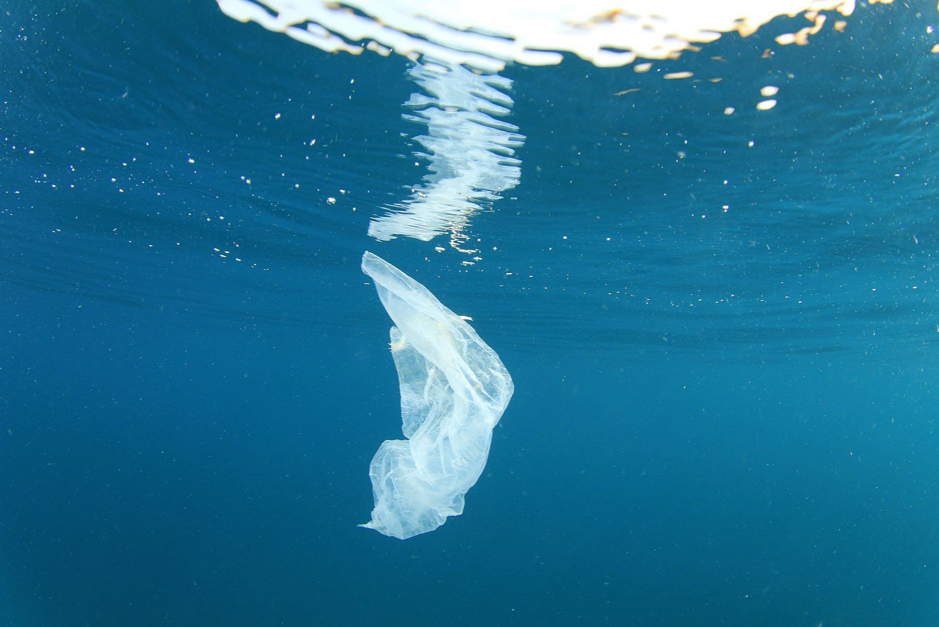by Louis Claxton
Over the past few years ocean plastic pollution has made its way into mainstream media and has even earnt the attention of politicians1. Thanks in part to Blue Planet II, the British public was made aware of just how large a problem plastic pollution is for the world’s aquatic life. Now, a solution is being rolled out to try and tackle the problem.
After 5 years of development a new method to rid our ocean of plastic was launched for sea trials last week off the coast of California2. The idea, known as the Ocean Cleanup, was first proposed in 2012 and is the brain child of Dutch entrepreneur Boyan Slat. He claims the project can remove 90% of the plastic in the North Pacific garbage patch by 2040.
The device consists of a 600-metre-long floating boom with a 3-metre skirt beneath the waves that sweeps up floating plastic in the ocean. The boom provides the buoyancy whilst the skirt prevents the plastic from escaping beneath it. After a period of time the plastic swept up by the skirt is collected and removed from the ocean. Several devices working in tandem, 24 hours a day, may well be an effective method in the fight against plastic pollution.
However, caveats do exist. The Ocean Cleanup fails to target both the source of plastics and the vilified microplastics that have the potential to cause toxic accumulation in the food chain (the process whereby the toxic microplastics become more and more concentrated in fewer organisms higher up the food chain, that we as humans may then consume3). Although the device does not tackle the microplastic problem directly, the Ocean Cleanup is working to reduce macro plastics in the ocean; macro plastic that would otherwise breakdown and thus contribute further to the production of microplastics.
Concerns also exist regarding the affect that the device may have on open ocean ecosystems and marine life. Indeed, a risk assessment commissioned by the firm found that the device would pose a higher risk to sea turtles, who may be attracted to the system and ingest the collected debris4. Otherwise, sea turtles aside, the device should cause only minor disruption to the majority marine life and ecosystems.
The Ocean Cleanup isn’t the silver bullet in mitigating plastic pollution, but then what is? If implemented with the correct government policies, such as reducing single use plastic, the Ocean Cleanup can work in tandem to help reduce our negative impact on the oceans. It also has the added bonus of continuing to raise awareness of ocean plastic pollution. With a 2018 study finding 180 times more plastic than biomass in surface trawls conducted in the north pacific garbage patch5, removing even a small proportion can only be seen as a good thing. You can find out more out the project here.
1 Mace, M., 19 April 2018. ‘Theresa May outlines plan to ban plastic straws, stirrers and cotton buds’. edie.net, https://www.edie.net/news/11/Theresa-May-outlines-plan-to-ban-plastic-straws–stirrers-and-cotton-buds/
2 9 September 2018. ‘System 001 has launched into the pacific’. The Ocean Cleanup, https://www.theoceancleanup.com/updates/system-001-has-launched-into-the-pacific/
3 Ma, Y., Huang, A., Cao, S., Sun, F., Wang, L., Guo, H. and Ji, R., 2016. Effects of nanoplastics and microplastics on toxicity, bioaccumulation, and environmental fate of phenanthrene in fresh water. Environmental pollution, 219, pp.166-173.
4 CSA Ocean Sciences Inc., July 2018. ‘Environmental Impact Assessment’. The Ocean Cleanup.
5 Chen, Q., Reisser, J., Cunsolo, S., Kwadijk, C., Kotterman, M., Proietti, M., Slat, B., Ferrari, F.F., Schwarz, A., Levivier, A. and Yin, D., 2017. Pollutants in plastics within the north Pacific subtropical gyre. Environmental science & technology, 52(2), pp.446-456.





